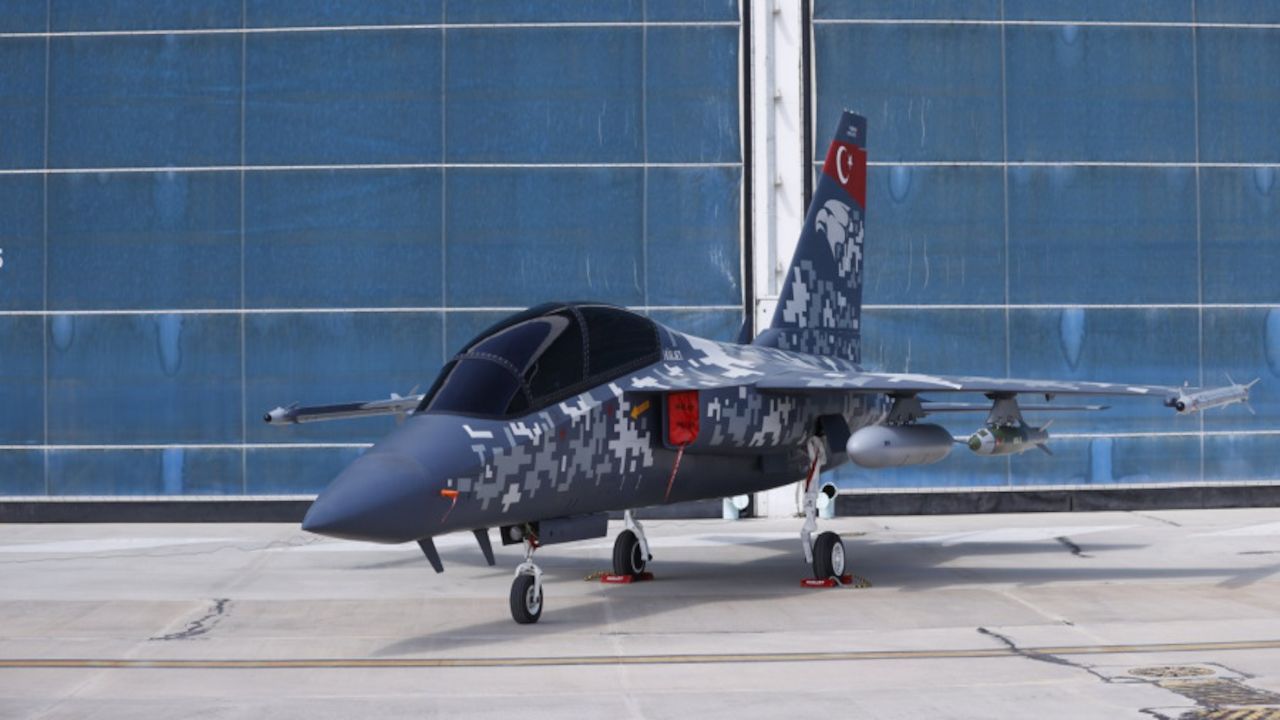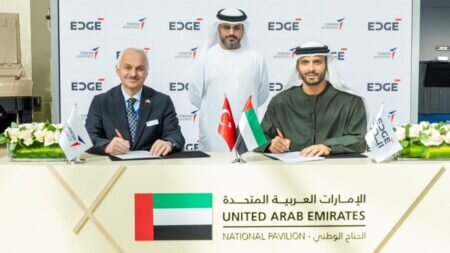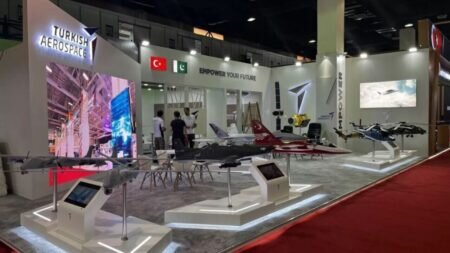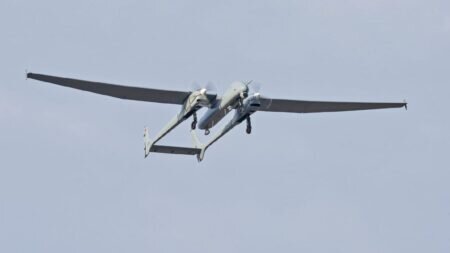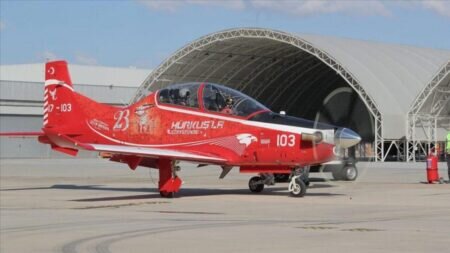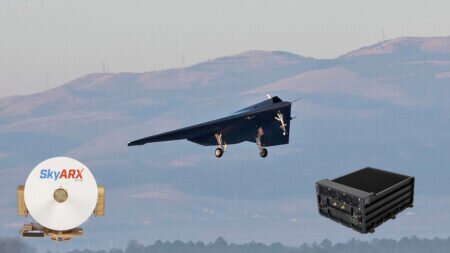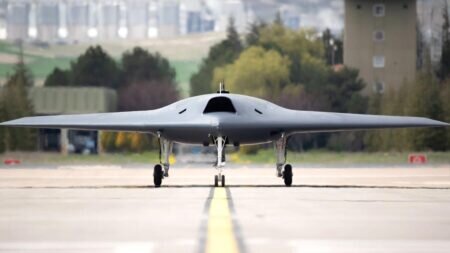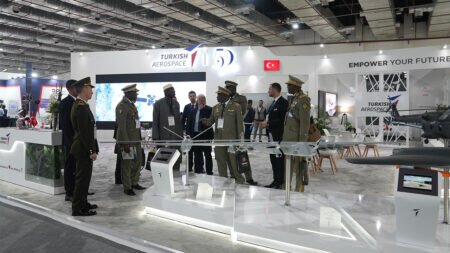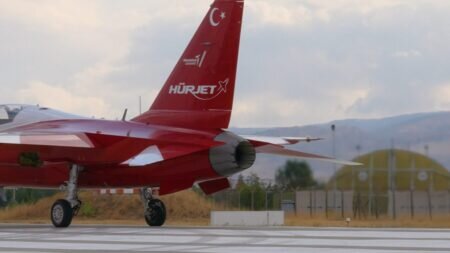Turkish Aerospace Industries (TAI) plans to start manufacturing the indigenous advanced jet trainer and light attack aircraft, Hürjet, at the end of this year. The company has already completed the critical design process and launched the production of detailed parts.
TAI Training Aircraft Program Manager Tuncay Çopur told Anadolu Agency (AA) Monday that work on Hürjet started in August 2017 as the "Jet Training Aircraft Development Project," with the company's own resources.
Çopur said the conceptual design was completed in April 2018, while the preliminary design and critical design activities ended in July 2019 and February 2021, respectively, adding that production activities have now started.
"With the completion of the critical design, we have started our detailed parts production activities. We aim to produce about 4,400 detailed parts, 80% of which come from (local) subindustry and 20% within TAI.”
Çopur, meanwhile, pointed out that the aircraft has an infrastructure that allows it to be used in different roles.
For example, he said, it already has an aircraft infrastructure that can be used by the "Turkish Stars," the renowned aerobatic demonstration team of the Turkish Air Forces Command (HvKK).
“It will also have the infrastructure to land on and take off from the upcoming light aircraft carrier of our Naval Forces Command (DzKK), and our discussions with the navy on this are ongoing."
Saying the production is set to start in the last quarter of this year, Çopur informed that their ultimate goal is to carry out the first flight in a certain configuration by the end of December 2022. “Our certification activities will continue and we aim to launch this product in 2025-2026 if nothing goes wrong.”
Export potential
Çopur also commented on the export possibilities of the aircraft. He said they considered domestic as well as international needs in the development stage, and they are trying to create a platform that can compete in the global arena.
He explained that they are engaged in various promotional activities and emphasized that these are set to increase in the upcoming period.
Two different prototypes are planned to be developed within the scope of the project, Çopur said.
Emphasizing that the primary goal is to design and manufacture a jet training aircraft that is needed nationally and internationally, Çopur explained that they are also evaluating the possibilities to meet several operational needs.
"The first of these is to be able to design an aircraft that will meet the needs of 'acroteam.' Then, we aim to produce a version of the aircraft to be used as a counterforce aircraft used in various exercises. Simultaneously, there may be various versions of these for combat preparation."
About the aircraft’s use on Turkey’s flag-ship-to be TCG Anadolu, he said they evaluated this issue in the meetings held with the Naval Forces Command (DzKK) and are currently working on what kind of systems and revisions are needed both on the aircraft and on the ship to meet this demand.
A protocol between the company and the navy is being prepared in this regard, he said.
He added that the aircraft will be approximately 14-meter long (45.93 feet long), 4-meter high and have a wingspan of 9.5 meters, Çopur said it will likely have a service ceiling of 45,000 feet.
The company official said there are seven stations on the plane, three under the wing and one under the fuselage, that can be used for different purposes.
TAI benefited from the engineering simulator during the design process of the Hürjet.
Çopur said, generally, people think of the simulators as platforms used in pilot training after the aircraft are delivered.
However, the 270-degree simulator of theirs was used during the development of Hürjet, enabling them to take into account the needs of users and allowing them to make necessary changes rapidly in the designing process.
Source: Daily Sabh

